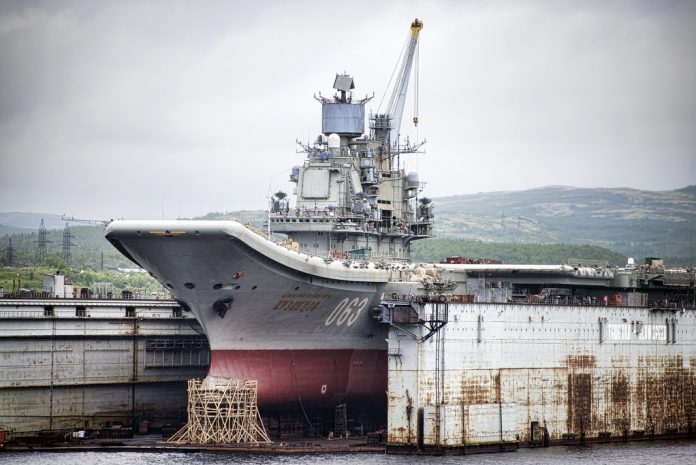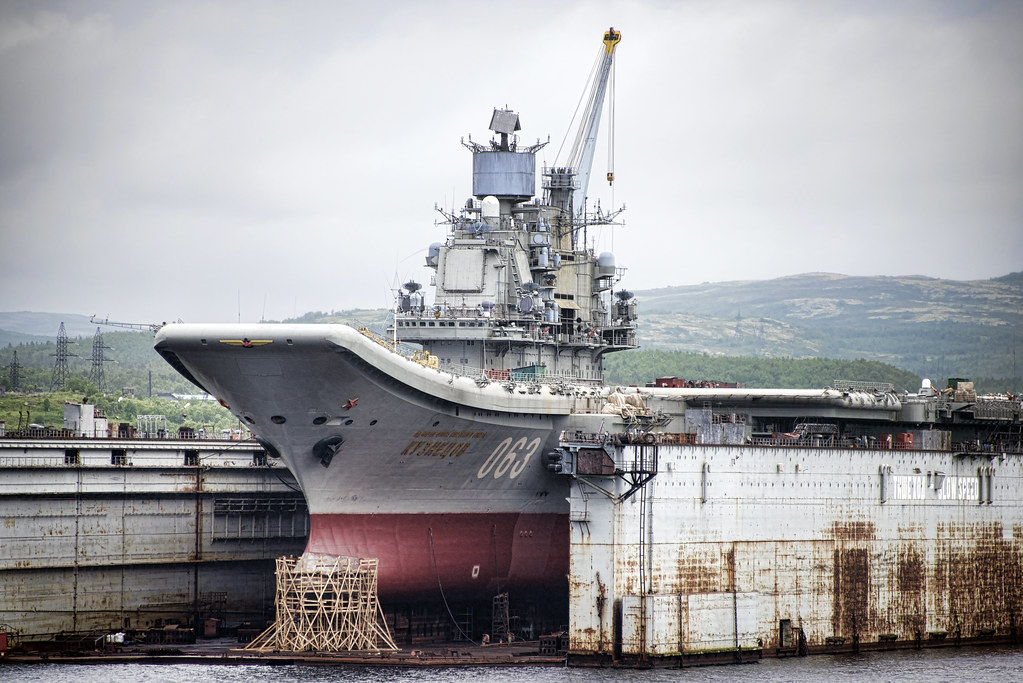
The Russian aircraft carrier “Admiral Kuznetsov” is a lingering symbol of Soviet-era maritime ambition, now marred by a series of maladies that underscore the decline of Russia’s naval prowess.
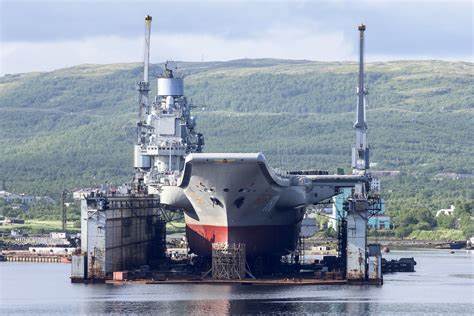
Once a formidable presence in the Soviet fleet, “Admiral Kuznetsov” stands as Russia’s lone aircraft carrier—a vessel increasingly known for its embarrassing smoke-belching silhouette against the open sea, persistent mechanical failures, and the dubious distinction of requiring tugboats for transit due to frequent breakdowns.

Commissioned in the twilight years of the Soviet Union, “Admiral Kuznetsov” was intended to be the lead ship of its class, embodying the power and reach of a navy that once boasted 421 ships across eight different categories.
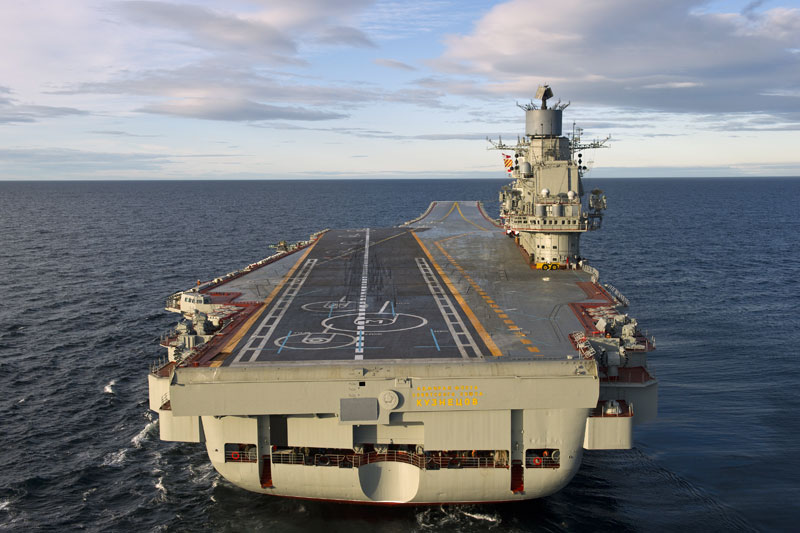
Today, this carrier not only suffers from the tarnish of time but has become notorious for its reliance on Mazut—an outdated, heavy fuel oil that lends to engine failures and environmental concerns.
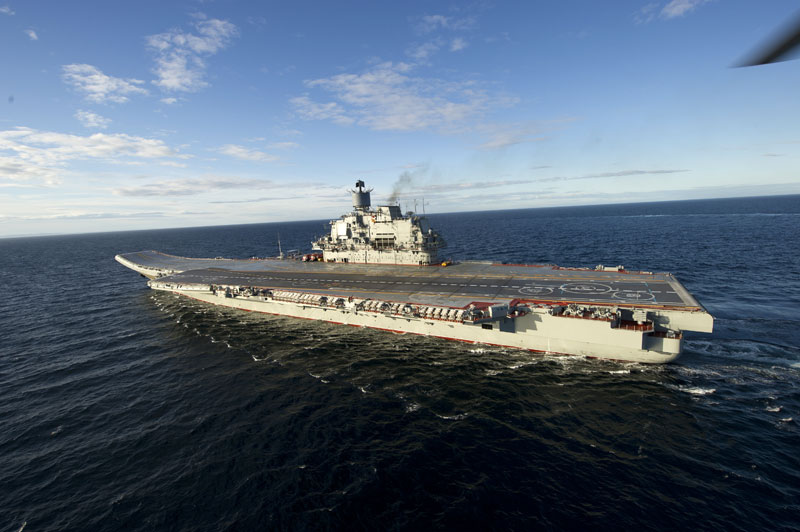
It’s a substance so viscid and toxic that it paints a stark contrast against the more environmentally conscious and technologically advanced propulsion systems used by Western navies.
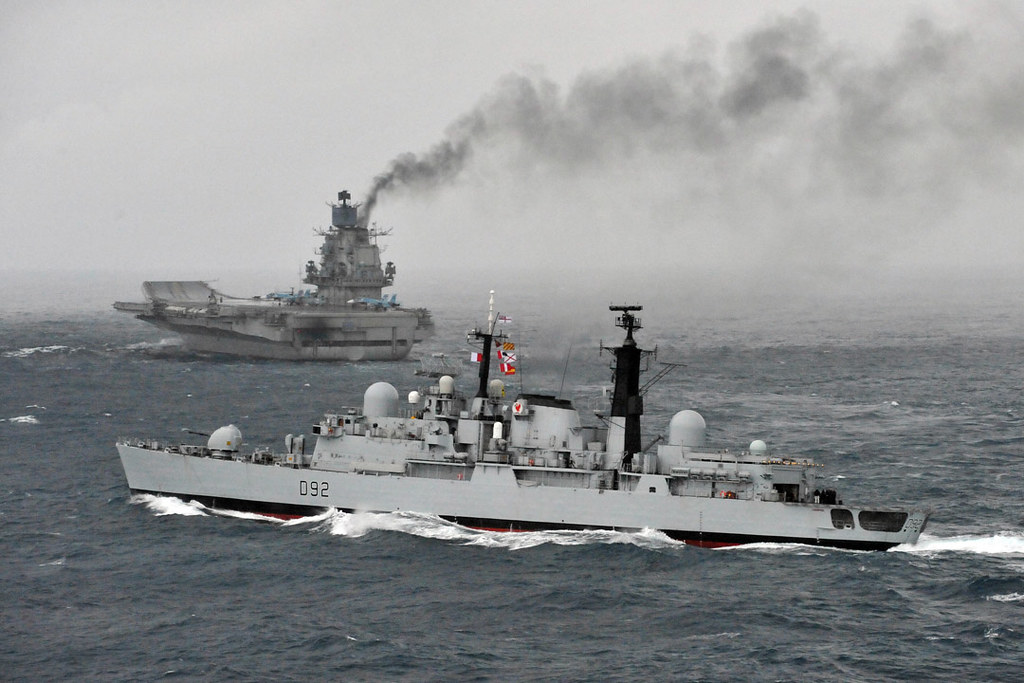
The carrier’s troubles have been well documented. The embarrassing trail of dark smoke it emits—a direct result of the inefficient combustion of Mazut—signifies an antiquated power system that seems almost archaic when compared to the nuclear-powered or gas-turbine engines that propel modern fleets.
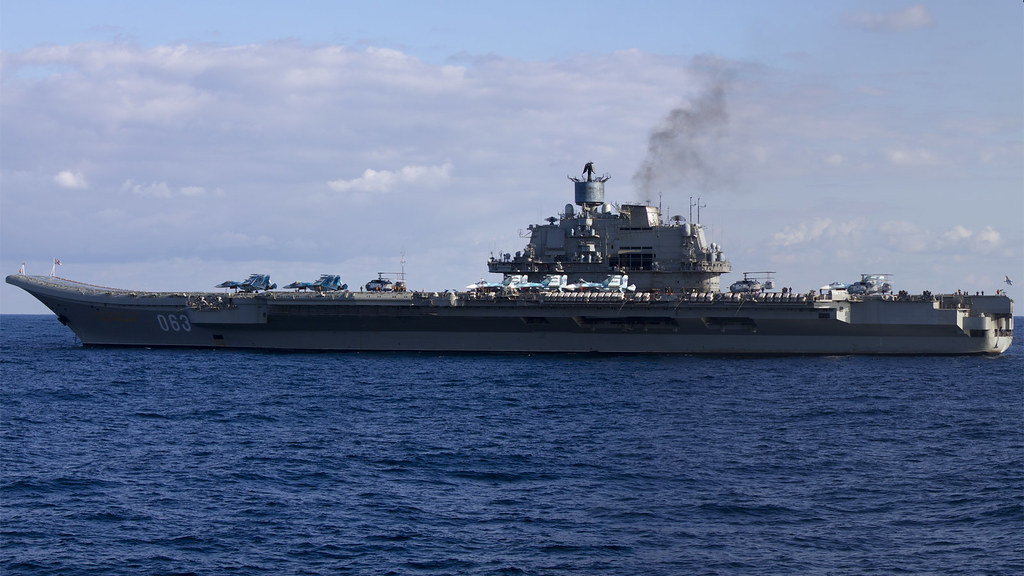
This reliance on Mazut is a glaring reminder of how outdated Soviet-era technology has been outstripped by advancements in the naval industry. The Kuznetsov’s woes are compounded by defective boilers, which during sea trials in the 1990s limited the carrier’s speed to a paltry 4 knots.
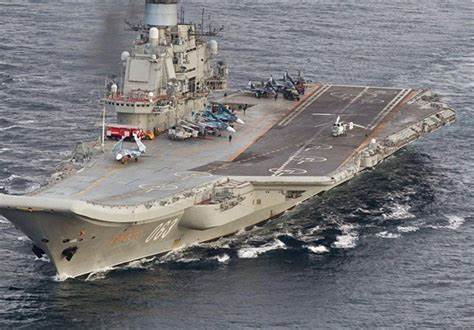
Although there were intentions to replace the boilers and primary diesel generator by 2020, the progress on these upgrades has been ambiguous at best.
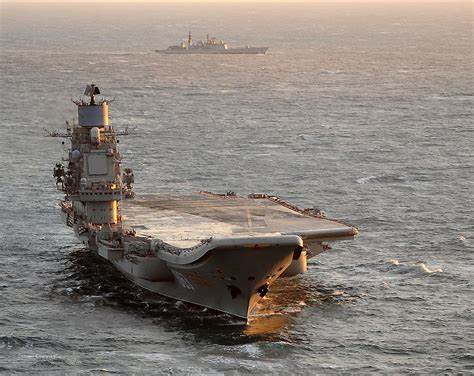
In recent years, a string of mishaps has further stained Kuznetsov’s record. A crane fell on its flight deck, killing one laborer in 2018, and a devastating fire in the engine room claimed two lives and injured 14 in 2019.

Embezzlement within the repair budget in 2021 and another fire incident in 2022 have only added to the carrier’s cursed résumé. With the dry dock also damaged, the timeline for the Kuznetsov’s return to operational status is increasingly uncertain.

As of 2024, it’s not just the carrier’s physical state that raises concerns, but its staffing. A full complement of sailors is essential for any warship, particularly one tasked with managing flight deck operations and a fleet of aircraft.
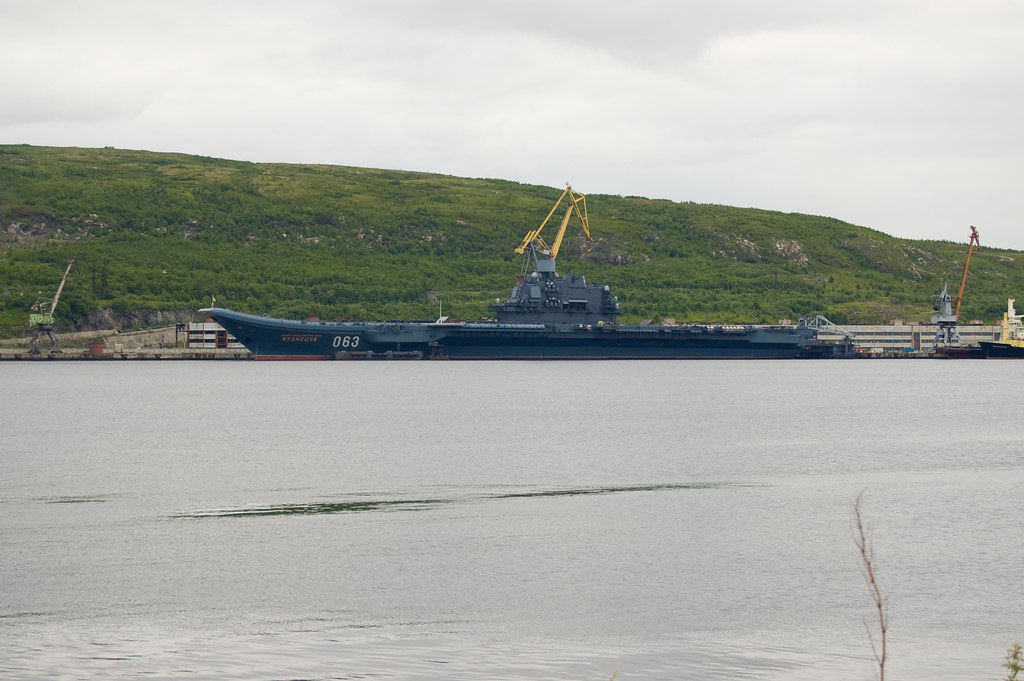
However, reports indicate that “Admiral Kuznetsov” doesn’t currently have a crew, and with Russia prioritizing manpower for the conflict in Ukraine, the navy faces a daunting task in recruiting and training the required specialized personnel.
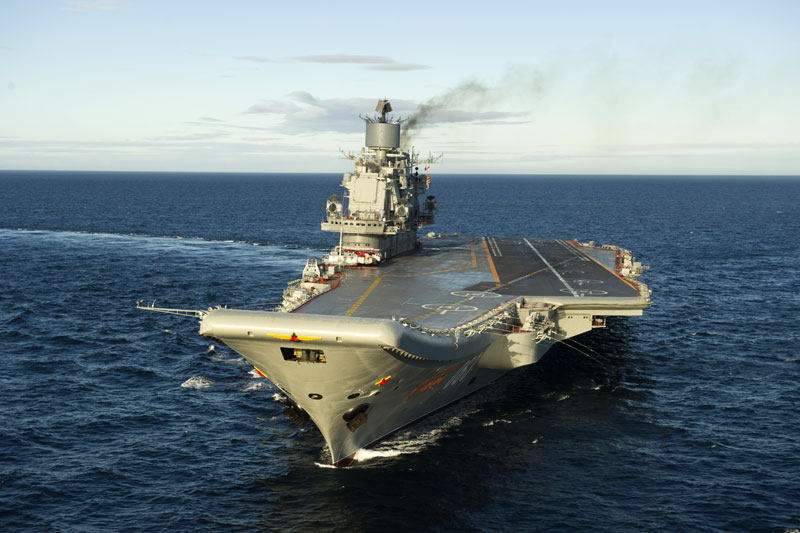
It’s a dilemma that casts a long shadow over the vessel’s future, implying prolonged delays in reaching combat readiness—if it ever does.

Despite the ambition to automate some of the systems and thereby reduce the crew count from the pre-refit figure of 1,900, the challenges of modernizing the Kuznetsov’s systems, recruiting and training a specialized crew, and repairing the extensive damage from accidents have eroded the carrier’s viability as an effective combat vessel.

This situation is a blight on President Vladimir Putin’s vision of a modernized navy capable of power projection beyond Russia’s regional waters.
